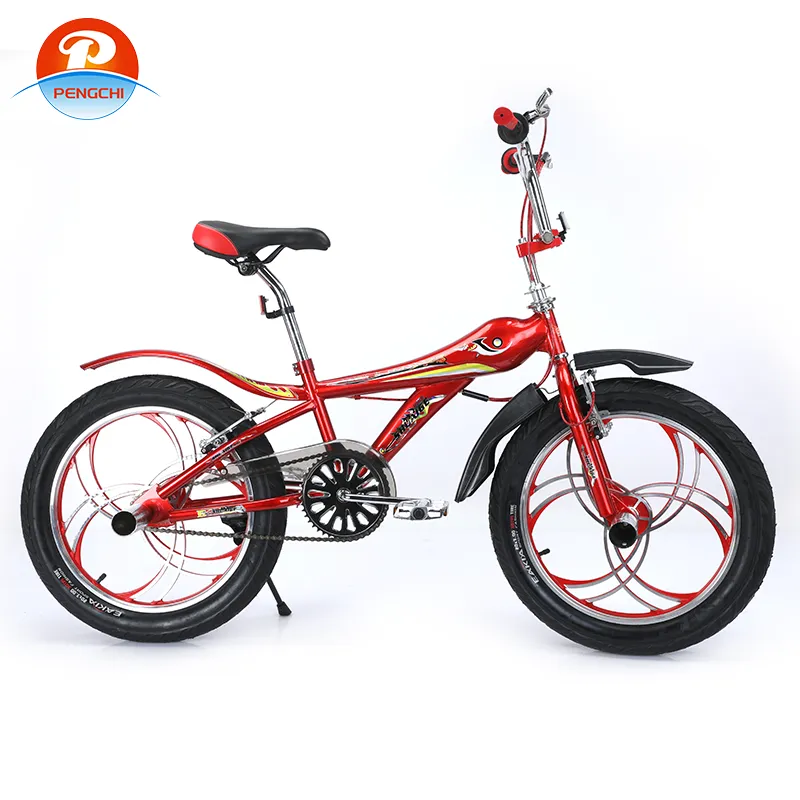
-
 Afrikaans
Afrikaans -
 Arabic
Arabic -
 Belarusian
Belarusian -
 Bengali
Bengali -
 Bulgarian
Bulgarian -
 Croatian
Croatian -
 Czech
Czech -
 Danish
Danish -
 Dutch
Dutch -
 English
English -
 Finnish
Finnish -
 French
French -
 German
German -
 Greek
Greek -
 hawaiian
hawaiian -
 Hebrew
Hebrew -
 Hindi
Hindi -
 Hungarian
Hungarian -
 Indonesian
Indonesian -
 irish
irish -
 Italian
Italian -
 Japanese
Japanese -
 Javanese
Javanese -
 kazakh
kazakh -
 Khmer
Khmer -
 Korean
Korean -
 Kyrgyz
Kyrgyz -
 Lao
Lao -
 Latin
Latin -
 Luxembourgish
Luxembourgish -
 Malay
Malay -
 Myanmar
Myanmar -
 Norwegian
Norwegian -
 Persian
Persian -
 Polish
Polish -
 Portuguese
Portuguese -
 Romanian
Romanian -
 Russian
Russian -
 Serbian
Serbian -
 Slovak
Slovak -
 Somali
Somali -
 Spanish
Spanish -
 Swedish
Swedish -
 Tagalog
Tagalog -
 Thai
Thai -
 Turkish
Turkish -
 Turkmen
Turkmen -
 Ukrainian
Ukrainian -
 Uighur
Uighur -
 Vietnamese
Vietnamese
Nov . 29, 2024 20:09 Back to list
how to choose a bike for beginners
How to Choose a Bike for Beginners
Choosing the right bike as a beginner can be both exciting and overwhelming. With so many options available, it's essential to consider various factors to ensure you select a bike that meets your needs and enhances your riding experience. This guide will help you navigate through the process of selecting the perfect bike for your adventures.
1. Determine Your Riding Purpose
Before diving into the specifics of bike types, it’s crucial to have a clear idea of how you plan to use your bike. Are you riding for leisure, commuting, or venturing off-road? Knowing your primary purpose will significantly influence your choice.
- Road Bikes If your goal is to ride on paved roads and cover long distances quickly, a road bike is the ideal choice. These bikes are lightweight, have thin tires, and feature an aerodynamic design, making them suitable for speed and efficiency on smooth surfaces.
- Mountain Bikes If you’re more inclined to explore trails, rugged terrains, or off-road paths, a mountain bike will be your best bet. These bikes come with wider tires, a sturdy frame, and suspension systems that absorb shocks, providing stability and comfort on uneven surfaces.
- Hybrid Bikes For those who want a bit of both, hybrid bikes offer a balanced experience suitable for both paved and pebbled roads. They combine features of road and mountain bikes, making them versatile and ideal for commuting and casual rides.
2. Bike Size Matters
Selecting the correct bike size is crucial for comfort, performance, and safety. A poorly fitted bike can lead to discomfort and potential injuries. To find the right size, follow these steps
- Stand Over Test Straddle the bike with your feet flat on the ground. There should be 1-2 inches of clearance between your body and the top tube for road bikes. For mountain bikes, aim for 2-4 inches.
- Seat Height When sitting on the bike, your leg should have a slight bend when the pedal is at its lowest point. This position allows for efficient pedaling without straining your knees.
- Reach Your arms should comfortably reach the handlebars without overstretching or feeling cramped.
As a beginner, it's important to establish a budget before making a purchase. Bikes can range from a few hundred to several thousand dollars, so defining your budget helps narrow down your options.
how to choose a bike for beginners

- Entry-Level Bikes If you're just starting, there are many bikes available in the $300 to $700 range that offer good quality and reliable performance.
- Higher-End Bikes If you plan to ride more frequently or have specific performance needs, consider investing in a bike over $700. These bikes typically offer better components, durability, and specialized features.
4. Test Ride Before You Buy
One of the best ways to ensure you’re making the right choice is to test ride different models. Visit local bike shops where you can try out various bikes. Pay attention to how each bike feels regarding comfort, handling, and overall ride quality.
5. Essential Accessories
Don’t forget to budget for essential accessories that enhance safety and comfort. Some must-have items include
- Helmet Protecting your head is crucial, and investing in a good-quality helmet is non-negotiable.
- Bike Lock Safeguard your investment with a sturdy lock, especially if you plan to leave your bike unattended.
- Lights and Reflectors If you plan to ride in low-light conditions, ensure your bike is equipped with proper lighting and reflectors.
- Repair Tools A basic repair kit can be invaluable for minor adjustments or flat tires during your rides.
6. Maintenance and Care
Once you've selected your bike, understand that regular maintenance is key to ensuring its longevity and performance. Learn how to clean and lubricate the chain, check tire pressure, and inspect brakes periodically. Most local bike shops also offer maintenance services if you're unsure where to start.
Conclusion
Choosing the right bike as a beginner involves understanding your riding preferences, selecting the correct size, determining a budget, and test riding before purchasing. By considering these factors and investing in essential accessories, you’ll be well-prepared to embark on your cycling journey. Remember, the best bike for you is one that aligns with your lifestyle and brings you joy as you ride. Happy cycling!
-
New Red Anti-theft E-Bike | Easy Ride City Commuter
NewsJul.31,2025
-
BMX 20 Inch Bikes for Freestyle & Street | Fat Tire Options Available
NewsJul.30,2025
-
322 High Quality 26 Inch 21 Speed Adult Mountain Bike OEM MTB
NewsJul.29,2025
-
Specialized Kids Mountain Bikes - Safe, Durable & Fun Riding Experience
NewsJul.29,2025
-
Little Kids Mountain Bike - Lightweight Bikes for Young Riders
NewsJul.29,2025
-
Kids Mountain Bike Trek – Full Suspension for 6 Year Old Riders
NewsJul.29,2025

